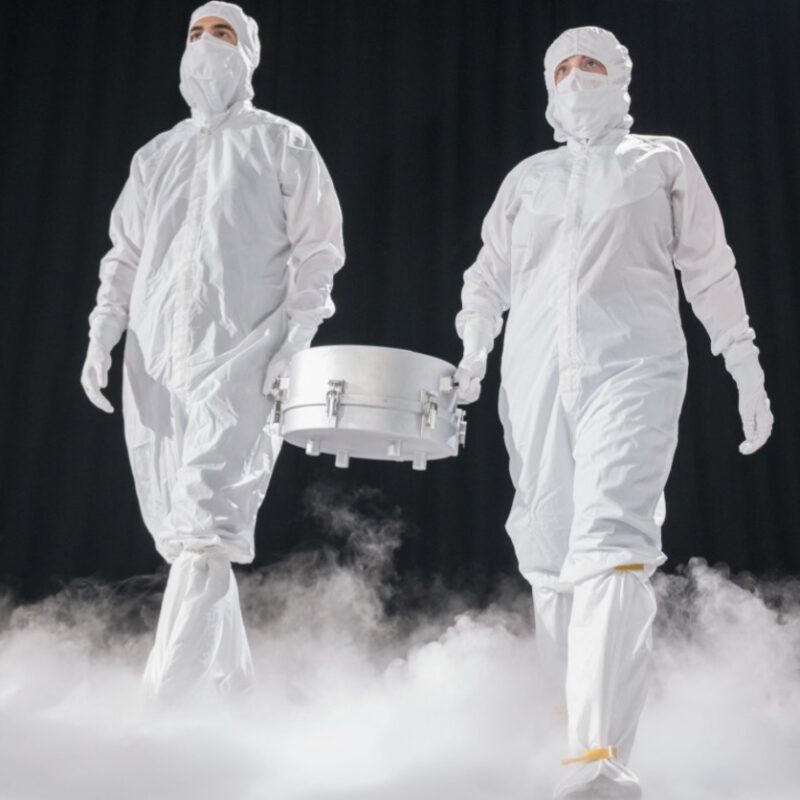- Bennu is a carbon-rich asteroid that passes semi-close to Earth about every six years. Scientists say it might have originated from a larger body farther out in the solar system.
- Bennu contains a wide variety of molecules that are ingredients for life, at least on Earth. That’s according to a new study of samples brought back to Earth in 2023. There’s also evidence for salty liquid water on Bennu (and possibly on a parent world for Bennu) billions of years ago.
- The conditions necessary for the emergence of life were widespread across the early solar system, the results suggest.
New analysis of samples from asteroid Bennu
Scientists have completed a new detailed analysis of samples from asteroid Bennu, which were returned to Earth by the OSIRIS-REx spacecraft in late 2023. NASA reported on January 29, 2025, that the samples contain molecules that, at least on Earth, are the building blocks of life.
Bennu contains all 5 of the nucleobases that form DNA and RNA on Earth. The asteroid also contains 14 of the 20 amino acids found in known earthly proteins. But – in a fundamental way – the chemical structure of the molecules in Bennu aren’t like those on Earth. Earthly amino acids found in living organisms typically have a “left-handed” chemical structure. Bennu appears to contain nearly equal amounts of ‘left-handed’ and their “right-handed,” or mirror-image, forms. What does it mean? Scientists aren’t sure yet.
And there’s more. There’s also evidence for saltwater brines that might once have existed on an original parent world of which Bennu was a part, billions of years ago. The findings show that conditions would have been ideal for these molecules to interact together in the briny “broth.” This suggests that conditions for the emergence of life might have been widespread in the early solar system.
The researchers, led by NASA and the Smithsonian, published their peer-reviewed results in two new papers in Nature Astronomy and Nature on January 29, 2025. You can read them here and here.
Not only does Bennu contain all 5 of the nucleobases that form DNA and RNA on Earth and 14 of the 20 amino acids found in known proteins, the asteroid’s amino acids hold a surprisehttps://go.nature.com/4hDtGhL
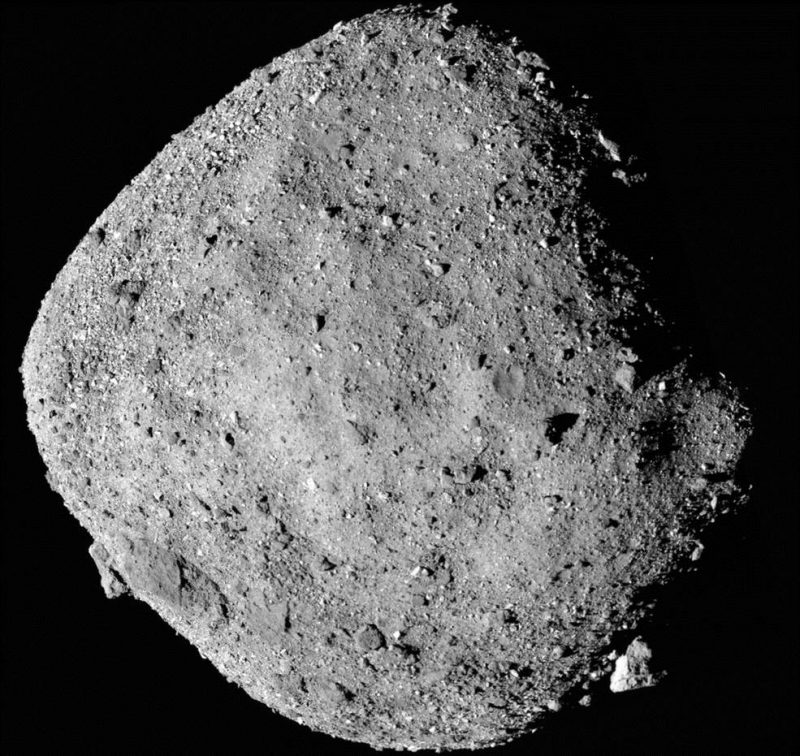
Building blocks of life on asteroid Bennu
The first paper in Nature Astronomy details the molecules discovered. The researchers found 14 of the 20 amino acids that life on Earth uses to make proteins. They also found all five nucleotide bases – nitrogen-containing biological compounds – that earthly life uses to store and transmit genetic instructions in more complex terrestrial biomolecules, such as DNA and RNA. This includes how to arrange amino acids into proteins, necessary for life as we know it.
In addition, the scientists also discovered large amounts of ammonia, as well as the organic compound formaldehyde. Under the right conditions, they can react together to form amino acids. The amino acids can then form long chains to create proteins.
These are all essential building blocks of life, at least life as we know it on Earth. It isn’t proof of life itself having existed on Bennu or its hypothetical parent world, but it does show that conditions were suitable for life to have emerged.
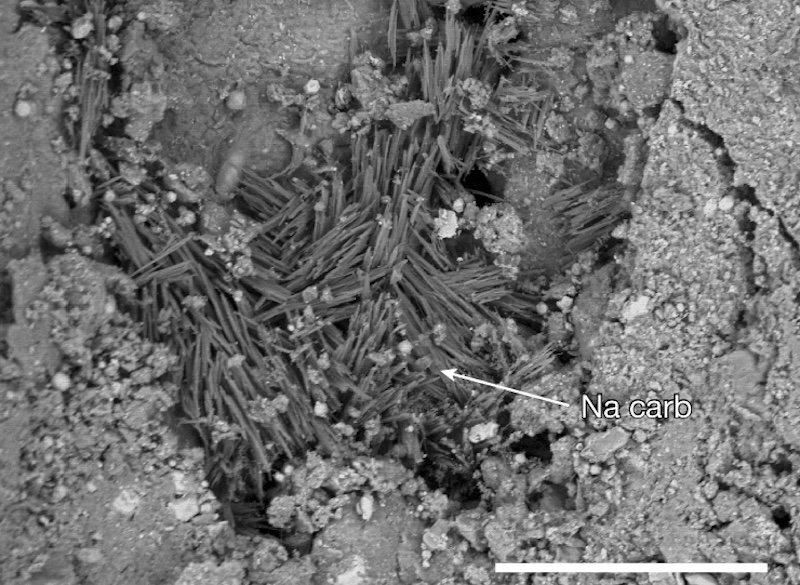
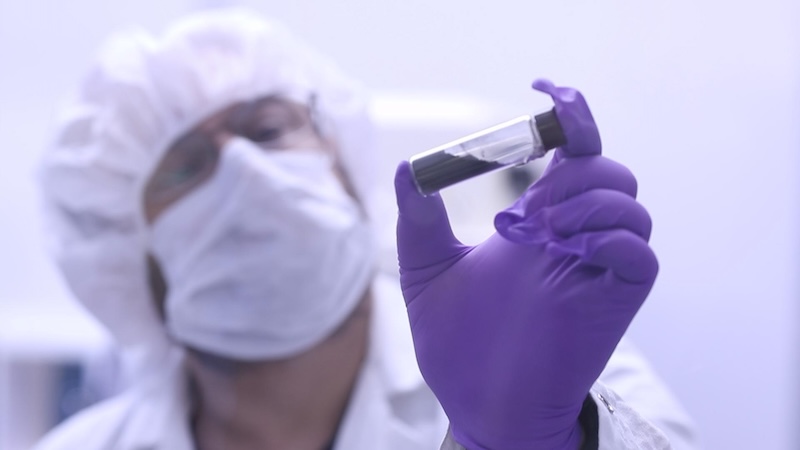
More questions
Amino acids can be either “left-handed” or “right-handed” (meaning there are two different mirror-image versions of each amino acid). This is called chirality. The amino acids on Bennu are pretty much equally left-handed and right-handed. Does that mean that amino acids on the early Earth were both as well? And why does life on Earth now use the left-handed variety almost exclusively?
Further study of the Bennu samples might help to solve such mysteries. What they do show already is that conditions suitable for the emergence of life were likely widespread through the entire early solar system. That increases the possibility of life having developed elsewhere, such as ocean moons like Europa and Enceladus.
Jason Dworkin is the OSIRIS-REx project scientist at Goddard and co-lead author on the Nature Astronomy paper. He summarized the mission, saying:
OSIRIS-REx has been a highly successful mission. Data from OSIRIS-REx adds major brushstrokes to a picture of a solar system teeming with the potential for life. Why we, so far, only see life on Earth and not elsewhere, that’s the truly tantalizing question.
A salty, watery environment
Meanwhile, the other research team focused on what the overall conditions were like on Bennu and its parent body billions of years ago. The molecules found by the first team are exciting, but what kind of environment did they exist in? Tim McCoy, curator of meteorites at the Smithsonian’s National Museum of Natural History in Washington, led the study.
The researchers found 11 minerals called evaporites – calcite, halite, sylvite and others – known to form when water containing dissolved salts evaporates over long periods of time. In other words, brines: very salty water. After the water evaporates, it leaves behind solid crystals.
As with the other molecules, such evaporites have been seen in meteorites before. But the ones in Bennu are the first to provide a record of the entire evaporation process. And some of them had not been found before, such as trona, a water-bearing sodium carbonate (soda ash).
These findings show that Bennu did have the molecular building blocks of life. But in addition, it also had an environment that could support the eventual emergence of life itself. The briny broth would be ideal for those molecules to interact and combine, much like what scientists think happened on the early Earth.
Another study from last year also showed evidence for Bennu’s original home – the larger rocky body that it broke off of – being a primitive ocean world.
McCoy said:
These papers really go hand in hand in trying to explain how life’s ingredients actually came together to make what we see on this aqueously altered asteroid.
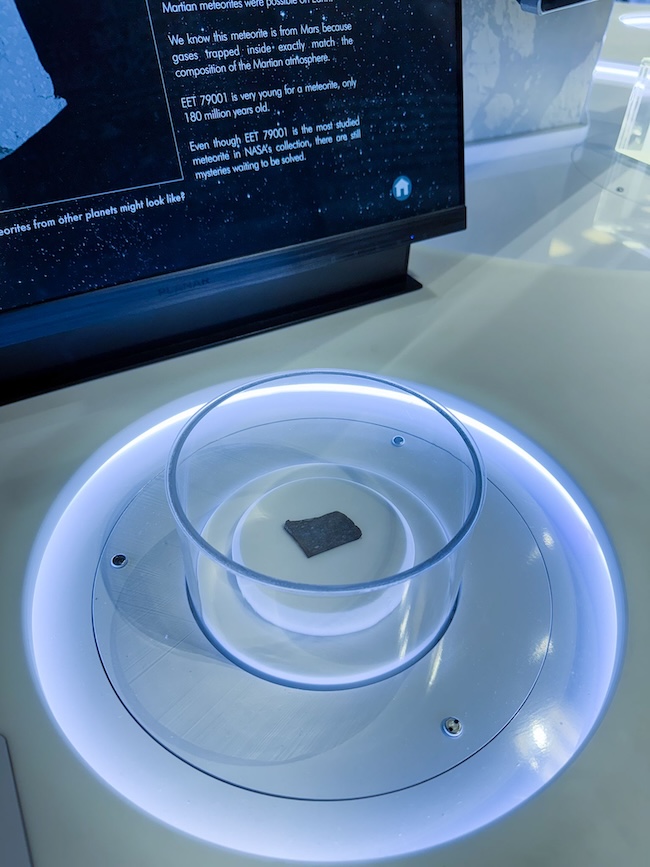
Conditions for life widespread in early solar system
Scientists have found these kinds of building blocks and water before in meteorites. But what makes these even more significant is that Bennu originally formed far from the sun in the outer solar system. The new findings support the idea that such building blocks of life – and suitable conditions for the emergence of life – were widespread throughout the early solar system. Bennu and other space rocks would have been an important source of the necessary molecules.
And, importantly, these samples from Bennu are pristine and uncontaminated. Danny Glavin, a co-lead author on the second paper and a senior sample scientist at NASA’s Goddard Space Flight Center in Greenbelt, Maryland, said:
The clues we’re looking for are so minuscule and so easily destroyed. That’s why some of these new discoveries would not be possible without a sample-return mission, meticulous contamination-control measures, and careful curation and storage of this precious material from Bennu.
Nicky Fox, associate administrator, Science Mission Directorate at NASA Headquarters in Washington, added:
Asteroids provide a time capsule into our home planet’s history, and Bennu’s samples are pivotal in our understanding of what ingredients in our solar system existed before life started on Earth.
Remember when we brought pristine asteroid samples back to Earth? The first big science is in!
The samples suggest that the early solar system had widespread conditions and ingredients for life. Here’s how we know: https://t.co/PHPjpaWgWs pic.twitter.com/pwsDAXtY2J
— NASA (@NASA) January 29, 2025
In a triumph for NASA’s first asteroid sample return mission, new findings suggest that tiny bits of rock retrieved from the asteroid Bennu hold lingering traces of ancient salt water. https://t.co/tflCCplETe
— Smithsonian Magazine (@SmithsonianMag) January 29, 2025
Bottom line: Samples from asteroid Bennu brought back to Earth in 2023 contain a treasure trove of the molecular building blocks of life and evidence of ancient salty water.
Source: An evaporite sequence from ancient brine recorded in Bennu samples
Read more: Asteroid Bennu sample suggests an ocean world origin
Read more: Pieces of asteroid Bennu now on display for YOU!
Read our previous article: Trump administration’s funding freeze attempt could have stalled $1.2 billion in NASA funding
